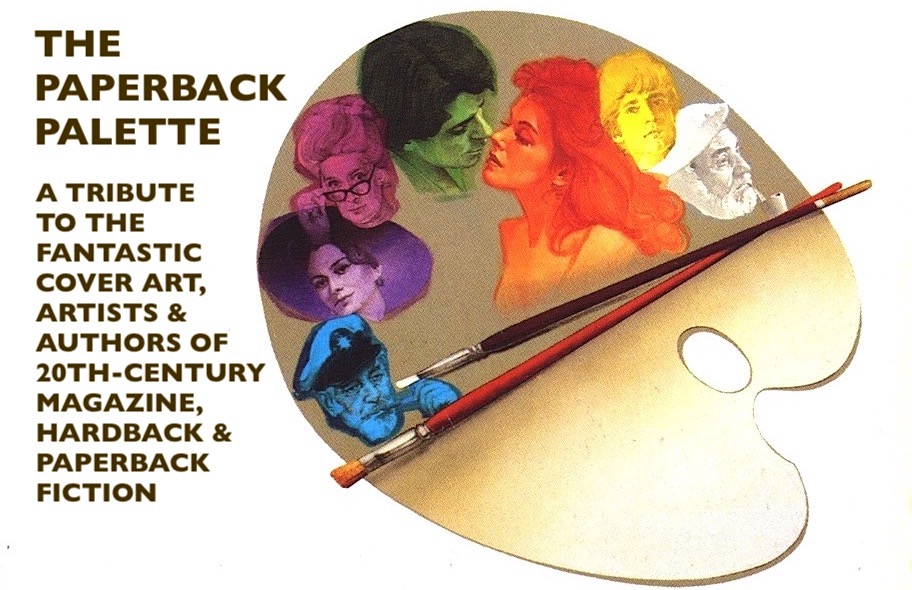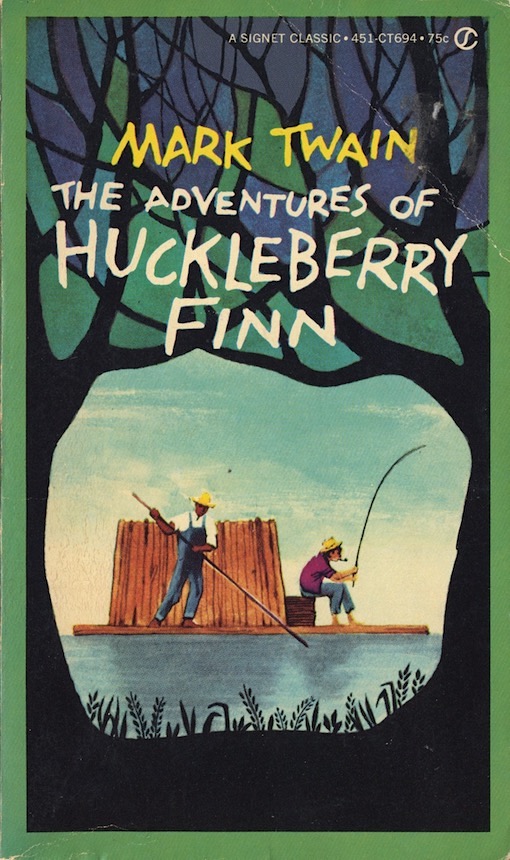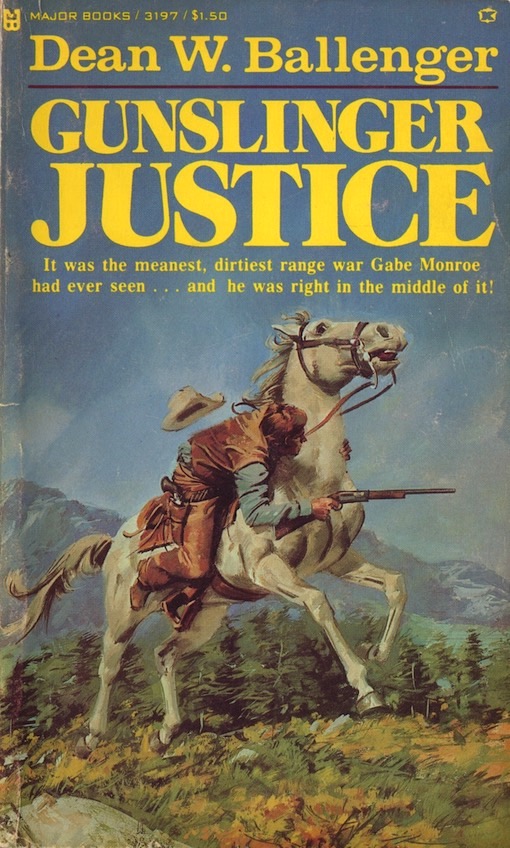"WHEN you put your hand [RAFT*] in a flowing stream, you [it] touch the last that has gone before and the first of what is still to come."
---- Leonardo da Vinci. [*Jeffersen]
"Shakespeare [*Science-fiction] is a good raft whereon to float securely down the stream of time; fasten yourself to that and your immortality is safe."
--- George Henry Lewes [*my alteration of Lewes's original famous quote-- Jeffersen]
'Harry [?] watches in terror as the giant prehistoric monsters come closer and closer... In an incredible world hundreds of miles beneath the earth's surface, three daring explorers risk their lives! Unforgettable adventure that thrilled you in the movie, JOURNEY TO THE CENTER OF THE EARTH, that you saw on television.'
"Descend into the crater of Sneffells Yokul, over which the shadow of Scartaris falls... and you will reach the center of the earth. I have done this. Arne Saknussemm." It was a secret message by an ancient alchemist, found on a crumbling scrap of parchment. And if Saknussemm was right, then every theory about the molten core of the earth is wrong. Prof. Otto Lidenbrock has to learn the truth. So Lidenbrock, his nephew Axel, and the Icelandic hunter Hans climb down the cone of an arctic volcano and into... A realm of awesome mystery, weird beauty---and deadly peril. Where vast caverns and endless mazes lead to an underground ocean, living fire, and prehistoric monsters. But where any wrong turn, any misstep, can leave the explorers trapped forever in the eternal darkness of a planet-sized tomb... Buried alive at the heart of the world...'
What did you want to be when you grew up? An artist, an actor, an astronaut, or maybe the President of the United States? Me? Why-- an officer in the Royal Canadian Mounted Police! The cover art on this, the January 13, 1939 issue of Argosy Weekly, was produced by Rudolph Belarski, one of pulp fiction's finest and most prolific illustrators.
Norman Saunders, who produced the cover art on this Spring, 1950 issue of Northwest Romances, is quite possibly pulp fiction's most prolific cover artist. And you betcha, Mounties always get their gal--er, I mean, man!
"A man's duty is to find out where the truth is, or if he cannot, at least to take the best possible human doctrine and the hardest to disprove, and to ride on this like a raft over the waters of life." --- Plato
E. H. Davie produced the cover art on The Adventurous Four. To this day no one knows if Davie was a man or a woman (not that it matters), but for sixteen years (1936-52) he, or she, was a regular contributor of illustrations for author Enid Blyton's many children's novels. George Newnes Ltd., of London published this hardcover first edition in 1941.
'When Tom, Jill and Mary go to stay at a little fishing village in Scotland, the local fisherman's lad, Andy, promises to take them out in his boat. But a storm takes them off course and they end up shipwrecked on a small group of islands. Worse, it seems the islands are being used as a secret submarine base by the enemy, the Nazi's!'
When we were kids, we all had adventures. Some adventures were as simple as riding your bike to another neighborhood, while others were as bold as sneaking onto private land for no other reason than just because. But I don't know anyone who paddled a log raft across a swamp. Now that's what I call real adventure! During a long and distinguished career, Charles Geer (1922-2008) produced cover art for some of the biggest names in 20th century fiction, but he was also a prolific illustrator of children's books. The Secret Raft by Hazel Krantz (Vanguard, 1965), is just one of many feathers he has in his kid's cap.
 |
| CLICK TO ENLARGE |
Just believe and you too will be rafting towards adventure! The Tall Book of Make-Believe is apparently one of the most beloved children's anthologies ever published. First editions from Harper & Brothers (1950) have become hard to come by and when offered are expensive. But it's not just the whimsical illustrations of Garth Williams that make this book so special to so many, it's also the unique combination of stories, poems and verse, all profoundly selected by Golden Books veteran editor Jane Werner.
"All my life, books had been the life raft, the safe haven, the place I ran to when nothing else worked." --- Elyn R. Saks
No one knows how to navigate a raft better than Jim and Huck, who rode down the Mississippi on one for approximately 550 miles, from St. Petersburg, Missouri (actually Hannibal), to Chatham, Mississippi. This movie-tie-in paperback (see poster below) of The Adventures of Huckleberry Finn by Mark Twain was published by Washington Square Press in 1960. The cover artist is not credited, but the interior illustrations were drawn by Harold Minton.
Here's the one-sheet movie poster that advertised the 1960 MGM film that the paperback art was derived from. Here, Huck is no longer wearing a red shirt, nor Jim a white one.
Here's a variant poster of the same 1960 film, with a different unknown artist.
 |
| CLICK TO ENLARGE |
This is a variant half-sheet lobby poster, by that same unknown artist that preceded this.
John Falter (1910-1982) is generally known for his Saturday Evening Post magazine covers, which number more than 120, but he also illustrated dozens of books including this hardcover edition of The Adventures of Huckleberry Finn (Macmillan, 1962). During the second half of his career he focused almost entirely on producing Western Fine Arts paintings and portraits.
"It's lovely to live on a raft. We had the sky up there, all speckled with stars, and we used to lay on our backs and look up at them, and discuss about whether they was made or only just happened." --- Huck Finn.
This paperback edition of The Adventures of Huckleberry Finn was published by Signet in 1968. The cover art was not credited.
"Haven't you ever harbored the secret thought that somewhere Huck and Jim are--at this instant--poling their raft down some river just beyond our reach, so much more real are they than the shoe clerk who fitted us just a forgotten day ago?" --- Dan Simmons.
Robert Emil Schulz produced the cover art on this edition of The Adventures of Huckleberry Finn. It was published in paperback by Pocket in 1973. Bob Schulz was a prolific illustrator for popular magazines and paperback books and one of the pioneering illustrators of science-fiction paperback covers. According to artist and historian Vincent Di Fate, Schulz was to his peers a "painter's painter--an artist so technically accomplished that his work was envied and imitated." He covered all genres though, not just SF, and was the recipient of many well deserved awards. Schulz taught at the Art Students League for nine years before his premature death in 1978 at the age of 50.
This paperback edition of The Adventures of Huckleberry Finn was published by Bantam in 1980. The cover artist is unknown.
"We said there warn't no home like a raft, after all. Other places do seem so cramped up and smothery, but a raft don't. You feel mighty free and easy and comfortable on a raft." --- Huck Finn.
 |
| CLICK TO ENLARGE |
When I think of John Schoenherr, I think mostly of Dune. His cover art on the 1965 Ace paperback edition of Frank Herbert's epic novel is one of the most recognizable images in all of science-fiction. It endured on their editions for decades before finally getting replaced by other representation. But the painting Schoenherr created for Matthiessen's The Cloud Forest is just as impressive to me as Dune. Pyramid published this paperback edition in 1966.
"Deftly maneuvered through the dark green abyss -- The wooden raft seemed in tune with this -- Canorous rush of the river swish..." -- Muse
No artist has been credited with this cover and that's unfortunate because it's the cover art that has stayed fresh in my mind over these last several decades, and not so much the details of Andre Norton's post-apocalyptic adventure story. That has faded away like the wavelets behind a moving raft. But even so, Daybreak-2250 A.D. (also known as Starman's Son) remains a childhood favorite of mine. That cover screamed "take me home," and so I did, after convincing my mother to give me the necessary 40 cents so I could. My initial copy was a 1965 Ace reprint, a near replica of this original 1954 Ace Double, with only the upper portion of the sky removed. I think a re-reading of this novel is in order now, if not for the marvelous cover's sake, than for the memory of Andre Norton herself, who helped instill in me, and thousands of other kids, a love of reading.
"It is 200 years after the destruction (caused by war) when Fors sets off to explore the empty lands to the north. He is a member of a clan which concerns itself with recapturing the knowledge and skills of their ancestors. By adding to that knowledge, Fors hopes to win a place as one of the leaders of his clan. The imaginative descriptions of deserted cities, ruined highways, subhuman Beast Things all serve as a backdrop to For's dangerous adventure... (---The Denver Post)."
Here's a 1973 Ace reprint of Daybreak-2250 A.D., with new cover art featured. Instead of a Tabby cat we now have a very large Siamese cat. The artist was not credited here either, but I believe it is the work of famed Italian painter Gino D'Achille. What makes me believe that? Well, take a good look at the next entry below...
'Fors was a mutant. He did not know what drove him to explore the empty lands to the north, where the great skeleton ruins of the old civilization rusted away in the wreckage of mankind's hopes. But he could not resist the urging that led him through danger and adventure, to the place where he faced the menace of the Star Men.'
This cover is officially credited to Gino D'Achille. Note the similarity of the man here with the man on Daybreak-2250 A.D.--it sure looks like the same artist did both covers. D'Achille (1935-2017) gained widespread attention with his 1970's paintings for the John Carter of Mars series by Edgar Rice Burroughs. After that he went on to produce over 100 covers for other science-fiction and fantasy titles, as well as covers in many other genres and also magazines. This British edition of Hiero's Journey by Sterling E. Lanier was published in paperback by Panther in 1985.
'Per Hiero Desteen was a priest, a telepath--and a highly trained killer. Together with his great riding moose and the young bear who was his friend, he was on an extraordinary mission. For this was five thousand years after the holocaust known as The Death. Now the evil Brotherhood of the Unclean was waging all-out war against the few remnants of normal humanity, determined to wipe out all traces of its emerging civilization. Hiero's task was to bring back a lost secret of the ancients that might save the humans. But his path lay through the very heart of the territory ruled by the Unclean and their hordes of mutated, intelligent, savage beast followers. And the Unclean were waiting for him!'
Hubert Rogers (1898-1982) created the cover art on the February, 1941 issue of Astounding Science Fiction, illustrating
Nelson S. Bond's post-apocalyptic, surprisingly pro-feminist, quest
story. Rogers story is interesting: after falling on hardship in
New York City during the Great Depression, he drove his Indian motorcycle
all the way to Taos, New Mexico, where he found work with, and was graciously accepted by, the
local art community. Eventually though he was obliged to return to the
Big Apple, to fulfill his ever growing volume of pulp assignments. It must be nice to be loved in two places.
Everyone has their favorite Tarzan artist, usually the one you were first exposed to. Mine was Robert Abbett. But even Bob could mess up an painting, like having a bird wing sticking out of the side of Tarzan's head. Other than that, Abbett's "Lord of the Raft" is practically picture perfect. This 4th paperback edition of Tarzan #11, Lord of the Jungle by Edgar Rice Burroughs, was published by Ballantine in 1969.
'Tarzan, always alert against intruding despoilers of his beloved jungle, orders an American hunter and an Arab slave trader to leave his country. But all are trapped in an ancient, medieval community isolated behind a wall of mountains for seven hundred and fifty years---and Tarzan is involved in one of the most fantastic adventures he has yet encountered.'
In the early part of his career, Piers Anthony was a solid, thought provoking science-fiction writer. Novels like Orn (Avon, 1978, 7th), the middle section of his Of Man and Manta trilogy, even received critical acclaim. But when Anthony turned to writing humorous fantasy, sometimes raunchy fantasy, success started surrounding him like water around a raft. Humor's not a genre I particularly favor, nor is raunchiness as a motif, but to each his own. Darrell K. Sweet is the artist most associated with Anthony's later fantasy novels, but Ron Walotsky produced several of his early SF covers. I admire both artists equally, but there's just no denying the incredible singularity of Walotsky's style.
'Three humans and an extraordinary alien creature in a quest across the face of a counter-earth in turmoil: CAL is a wise and courageous old man whose courage overcomes his wisdom in a deadly encounter with a towering and majestic monster. VEG is a strong and sensitive man whose total loyalty to the exploration team is fearfully tested in the wilds of the killer planet. AQUILON is a beautiful young woman, an artist and adventurer, who forms a strange and haunting friendship with a creature who cannot speak. ORN is a great, powerful, lethal bird---a bird with a subtle and fascinating alien intelligence and a surprising and unique reason for living.'
 |
| CLICK TO ENLARGE |
My favorite Philip Jose Farmer novel is apparently nobody else's. Seemingly under-read, and definitely under-appreciated, Farmer's episodic tale of Deyv, his two semi-intelligent pets Jum and Aejip, the beautiful girl Vana, and the plant-man Sloosh's incredible journey across a far future North American landscape to recover Deyv's stolen Soul Egg, all while under the glare of a dying sun, is, for me, one of the most memorable ever recorded in fantastic fiction. Packed with invention, language, puzzles and fascinating artifacts, plus a plethora of dangerous, imaginative creatures and situations, Dark of the Sun is thrilling in a way the Riverworld series never was. Why it received such a mixed reception by readers will never be understood by me. But as I always say, to each his own. I just wish I owned the original acrylic cover painting by Darrell K. Sweet, which I love as much as the novel. I would hang it front and center in my office. Del Rey published Dark is the Sun in paperback in 1980, following their 1979 hardcover edition utilizing the same cover art.
'Fifteen billion years from now, Earth is a dying planet---its skies darkened by the ashes of burne-out galaxies. Its molten core long cooled. But young Deyv of the Turtle Tribe knew nothing of his world's history or its fate. He lived only to track down the wretched Yawtl, who had stolen his precious Soul Egg. Together with Vana, a girl fro another tribe, and the plant-man Sloosh---both also victims of the same thief---they trailed the thief across a nightmare landscape of monster-haunted jungle and wetland. The search for the Soul Eggs led the troupe into deeper and deeper peril---first to the lair of Feersh the Blind, the witch who had ordered the thefts; then to the Brigh Abomination, the jeweled wasteland that harbored The Shemibob, the ageless being from another star who knew Earth's end was near... and held the key to the only way for any to escape that end.'
"Art has always been the raft onto which we climb to save our sanity."
-- Dorothea Tanning
[December, 2021, © Jeffersen]














































